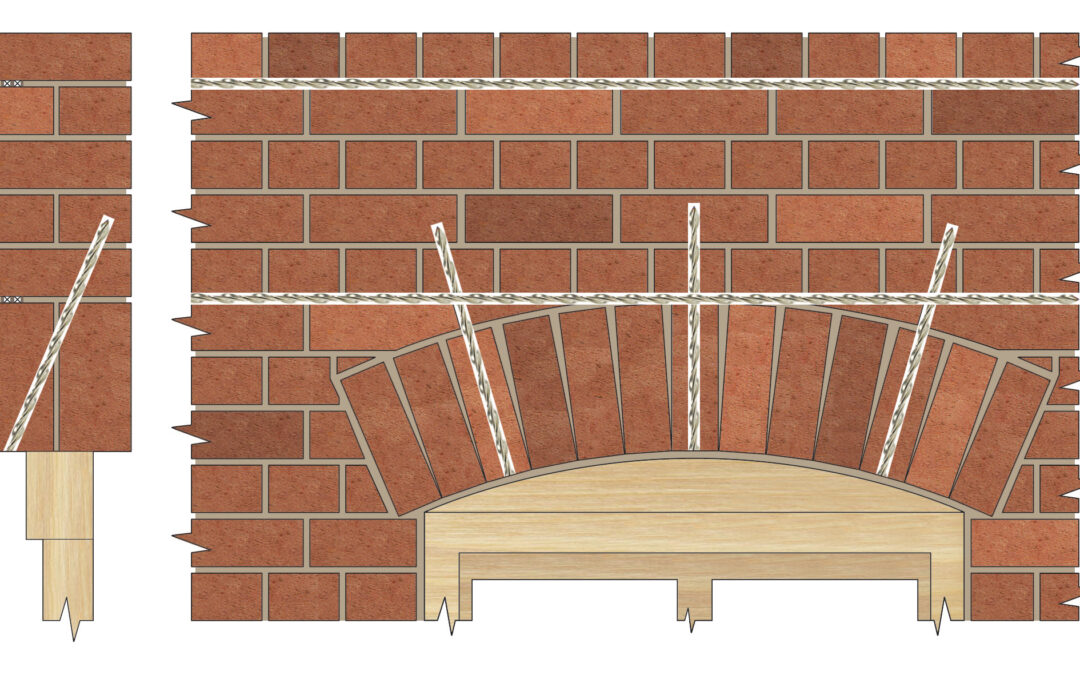Architectural lintels, often inconspicuous yet essential components in building construction, play a vital role in supporting the structural integrity of openings such as doors and windows. Beyond their structural significance, lintels contribute to the overall aesthetics of a building, showcasing a blend of form and function. This article explores the characteristics, types, design considerations, and historical significance of architectural lintels, highlighting their crucial role in the built environment.
Definition and Purpose of Lintels:
In architecture, a lintel is a horizontal structural element that spans an opening and bears the load above it. Typically positioned across doorways, windows, or other openings, lintels distribute the weight of the structure above, ensuring the stability and integrity of the building. While serving a fundamental structural purpose, lintels also present an opportunity for architectural expression and creativity.
Types of Lintels:
Stone Lintels: Traditional stone lintels, crafted from materials such as limestone or granite, have been used for centuries. Their durability and aesthetic appeal make them suitable for both historical and contemporary architectural styles.
Brick Lintels: Brick lintels are constructed using bricks or other masonry units, providing a cohesive and integrated look with the surrounding walls. They offer versatility and are often used in buildings with brick facades.
Reinforced Concrete Lintels: Reinforced concrete lintels, reinforced with steel bars or mesh, are common in modern construction. They offer strength and flexibility in design, allowing for longer spans and varied architectural styles.
Steel Lintels: Steel lintels, often in the form of I-beams or channels, are valued for their strength and load-bearing capacity. They are frequently used in commercial and industrial buildings.
Precast Concrete Lintels: Precast concrete lintels are manufactured offsite and brought to the construction site, offering efficiency and consistency in design. They come in various shapes and sizes to suit different architectural requirements.
Design Considerations:
Load-Bearing Capacity: The primary function of a lintel is to bear the load above an opening. Engineers carefully calculate the load-bearing capacity of lintels based on factors such as the span, type of construction material, and the weight they will support.
Architectural Style: Lintels contribute to the overall architectural style of a building. The choice of material, shape, and detailing can enhance the aesthetic appeal and complement the design language of the structure.
Weather Resistance: Depending on the location and exposure, lintels may be subject to weathering. Proper material selection and finishes are essential to ensure the lintels’ longevity and resistance to environmental factors.
Integration with Surroundings: Lintels should seamlessly integrate with the surrounding architectural elements. Consistency in design, whether matching the material or complementing the overall color scheme, contributes to a harmonious visual composition.
Durability and Maintenance: The durability of lintels is crucial for the long-term integrity of a building. Choosing materials that withstand environmental conditions and require minimal maintenance is essential for the sustained performance of lintels.
Historical Significance:
Throughout architectural history, lintels have played a significant role in defining the character of buildings. In ancient civilizations, such as in Greek and Roman architecture, stone lintels were intricately carved with decorative motifs, contributing to the grandeur of structures like the Parthenon. In medieval and Gothic architecture, stone lintels often featured pointed arches and detailed carvings, showcasing craftsmanship and religious symbolism.
Contemporary Trends:
In contemporary architecture, lintels continue to evolve in both form and function. Modern design trends often emphasize clean lines, minimalism, and the use of materials like steel and reinforced concrete. Architectural experimentation with unconventional shapes and materials has led to innovative lintel designs that serve structural purposes while contributing to the overall aesthetics of a building.
Decorative Lintels:
While the primary purpose of lintels is structural support, decorative lintels have become a popular element in architectural design. Intricate carvings, sculptural reliefs, or ornamental detailing on lintels add a layer of visual interest and artistic expression to buildings.
Case Studies:
The Sydney Opera House: The Sydney Opera House, an iconic modern architectural marvel, features striking shell-like concrete lintels that define its unique silhouette. These lintels not only serve a structural purpose but also contribute to the iconic visual identity of the building.
The Taj Mahal: In the Taj Mahal, a masterpiece of Mughal architecture, decorative stone lintels with intricate floral patterns adorn the entrances, reflecting the rich cultural and artistic heritage of the time.
Conclusion:
Architectural lintels represent a seamless blend of form and function, playing a pivotal role in both the structural integrity and aesthetic appeal of buildings. From ancient civilizations to contemporary designs, lintels have evolved in material, form, and ornamentation, leaving an indelible mark on architectural history. As architects continue to push the boundaries of creativity and innovation, lintels will undoubtedly remain a fundamental element that bridges the practical and artistic aspects of building design, shaping the visual language of structures for generations to come.

